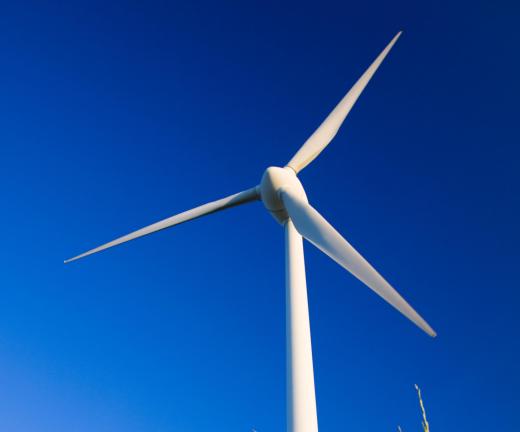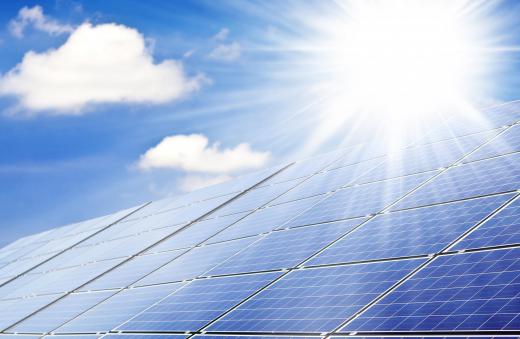Islanding refers to a condition where a facility runs on its own alternative power source when energy is not coming from a common grid. Such a power source can also feed energy back into the grid. The term refers to the isolation of such a self-sufficient facility — as distinct an island in the sea, away from the wider world. Islanding can either happen as the result of a power black-out or be set up intentionally.
The process of islanding is implemented by a distributed generator. This is the name for the alternate power source that enables the facility to function independently. Possible sources of energy include solar power, wind, coal, and nuclear energy. Some generators can be run by fossil fuels, though these are extremely expensive for larger facilities. Clean and environmentally safe solar power is generally a favored form of alternative power, though it may not be as efficient as fossil fuels.

Some facilities will use more than one form of alternative energy when islanding. One common configuration is a building that uses both solar panels and wind power generated from turbines. A system like this can be more effective because the two power sources are often complementary, with one compensating for the weaknesses of the other. Some distributed generators may also be used along with the power from an electrical utility.

Intentional islanding can be a practical solution for facilities located far from standard electrical utilities. This often happens with remote factories that access natural materials. It may also be necessary because the product cannot be produced safely in a densely-populated area.
Some facilities will move back and forth between islanding and using the electrical utility power grid. This can be done in response to the economic situation of a particular organization. It may also be necessary due to the limitations of a location, where electricity is inconsistent, for example.
In the event of a power black-out, islanding can be hazardous for electrical workers if they are not aware that a facility has independent power running. Workers may not be aware that the facility is running under its own power, which can be fatal as the generator will often not only continue to function, but can also send power it generates back into the grid. If islanding is not intentional, distributed generators can be programmed to shut off so that this danger will not pose a problem.
